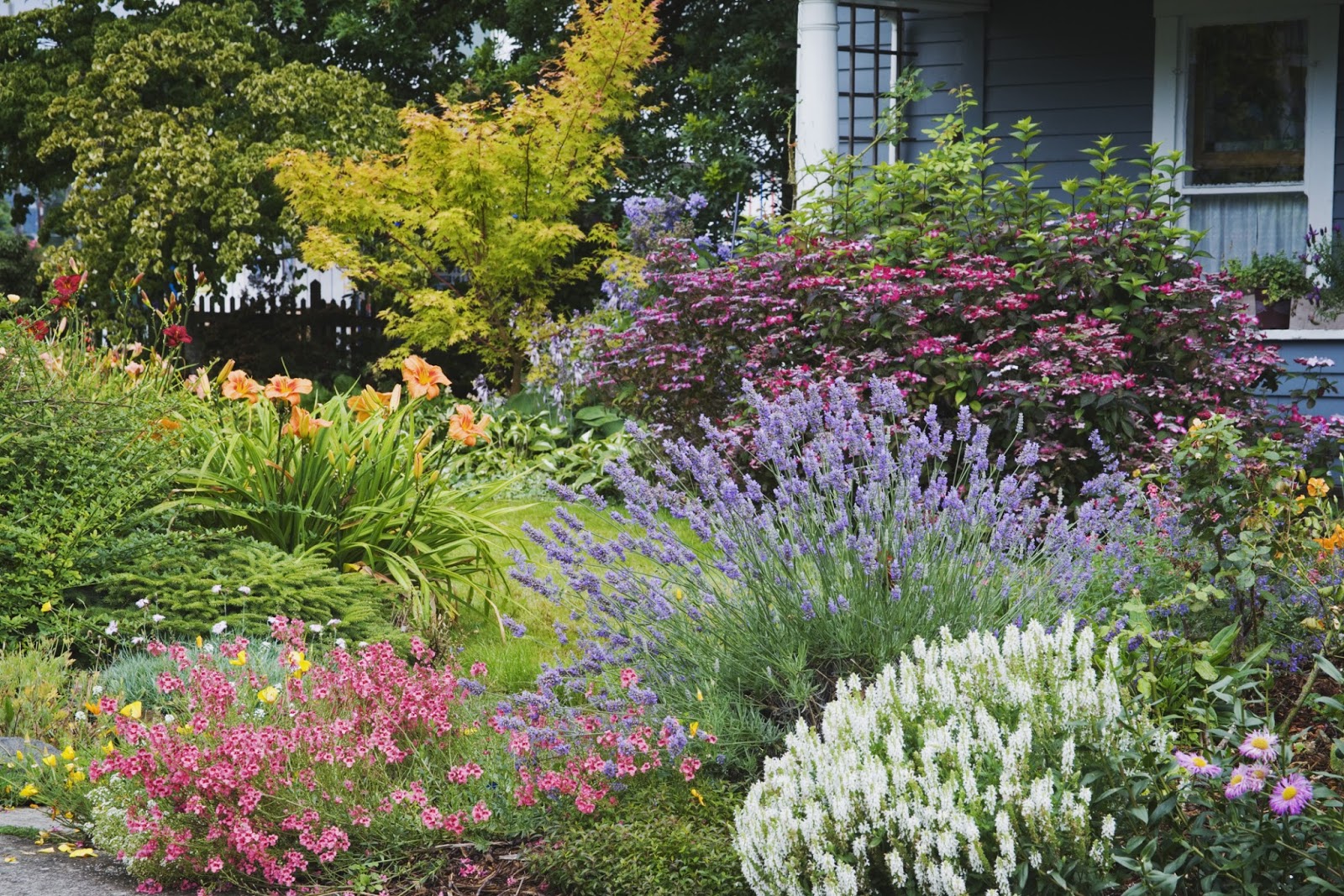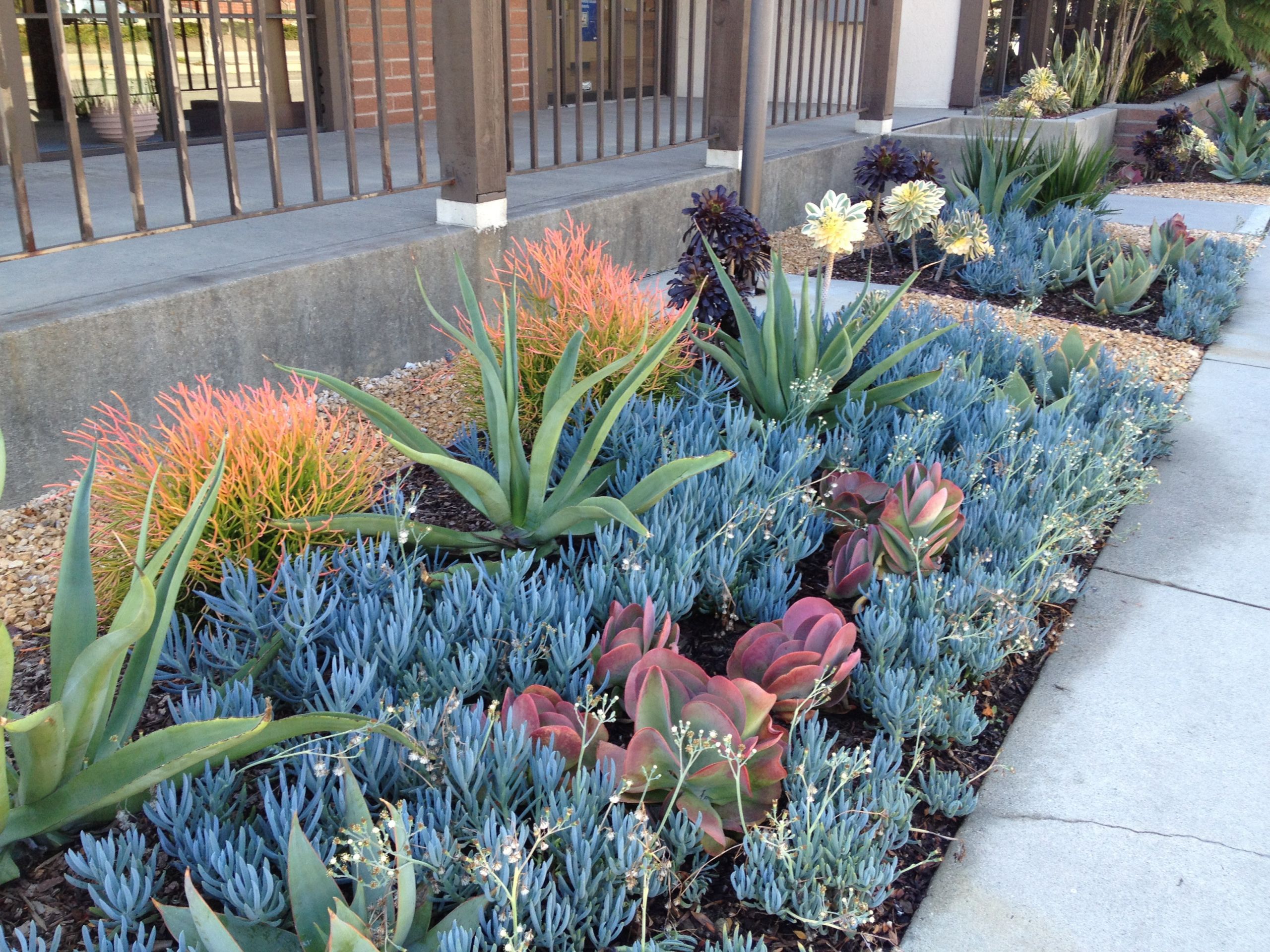How to Choose Plants for a Low-Maintenance Garden

Imagine a garden that thrives with minimal effort—a sanctuary where you can relax without the constant worry of watering, pruning, and weeding. Sounds like a dream, right? Well, it's entirely possible with the right selection of plants. Let's dive into the world of low-maintenance gardening and discover how to create a beautiful, hassle-free outdoor space.
Understanding Low-Maintenance Gardening
Low-maintenance gardening is all about selecting plants that require minimal care. These plants are often drought-tolerant, hardy, and resistant to pests and diseases. By choosing the right plants, you can create a garden that looks stunning with little effort.
Why Choose a Low-Maintenance Garden?
A low-maintenance garden offers numerous benefits. It saves time, reduces water usage, and can be more environmentally friendly. Plus, it allows you to enjoy your outdoor space without the constant upkeep.
Key Considerations for Choosing Plants
Drought-Tolerant Plants
Drought-tolerant plants are a cornerstone of low-maintenance gardening. These plants can thrive with minimal water, making them ideal for areas with limited rainfall or for gardeners who want to conserve water. Some popular drought-tolerant plants include:
- Lavender: Known for its fragrant flowers and low water needs.
- Russian Sage: A beautiful perennial with purple flowers that requires little water.
- Sedum: A succulent that comes in various shapes and sizes, perfect for rock gardens.
Evergreen Shrubs
Evergreen shrubs provide year-round greenery and structure to your garden. They are low-maintenance and require minimal pruning. Some excellent choices include:
- Boxwood: A classic evergreen shrub that can be shaped into hedges.
- Holly: Known for its glossy leaves and red berries, it adds a festive touch.
- Juniper: A versatile shrub that comes in various shapes and sizes.
Perennial Flowers
Perennial flowers return year after year, providing consistent beauty with minimal effort. Some low-maintenance perennials include:
- Daylilies: These hardy plants produce beautiful flowers with little care.
- Coneflowers: Known for their daisy-like flowers, they are drought-tolerant and attract pollinators.
- Black-Eyed Susan: A tough plant that thrives in various conditions and produces vibrant yellow flowers.
Groundcover Plants
Groundcover plants are excellent for filling in bare spots and preventing weeds. They require minimal care and can add a lush, green carpet to your garden. Some popular groundcover plants include:
- Creeping Thyme: A low-growing plant that produces tiny, fragrant flowers.
- Ivy: A versatile groundcover that can climb walls or spread across the ground.
- Pachysandra: A shade-loving plant that forms a dense, evergreen mat.
Tips for Low-Water Gardening
Low-water gardening, also known as xeriscaping, is a technique that focuses on conserving water. Here are some tips to help you create a low-water garden:
Choose the Right Soil
The right soil can make a significant difference in water retention. Sandy soils drain quickly, while clay soils hold water longer. Adding organic matter can improve soil structure and water retention.
Mulch Your Garden
Mulching helps retain moisture in the soil, reducing the need for frequent watering. It also suppresses weeds and regulates soil temperature.
Group Plants by Water Needs
Grouping plants with similar water needs together ensures that each plant gets the right amount of water without wasting resources.
Creating a Low-Maintenance Garden Plan
Designing Your Garden
Start by sketching out a plan for your garden. Consider the layout, the types of plants you want, and their water needs. Think about the overall aesthetic you want to achieve and how the plants will complement each other.
Planting Tips
When planting, make sure to space your plants appropriately to allow for growth. Follow the planting instructions for each plant to ensure they get the right amount of sunlight and water.
Maintenance Tips
Even low-maintenance gardens require some care. Regularly check for pests and diseases, and remove any dead or damaged plants. Prune as needed to keep your garden looking its best.
Conclusion
Creating a low-maintenance garden is all about choosing the right plants and implementing smart gardening practices. By selecting drought-tolerant plants, evergreen shrubs, perennial flowers, and groundcover plants, you can create a beautiful, hassle-free outdoor space. Remember, the key to a successful low-maintenance garden is planning and choosing plants that fit your climate and lifestyle.
So, are you ready to transform your garden into a low-maintenance oasis? Start by selecting the right plants and implementing the tips we've discussed. Your garden will thank you, and you'll have more time to enjoy the beauty of nature.
FAQs
What are some of the best drought-tolerant plants for a low-maintenance garden? Some of the best drought-tolerant plants include lavender, Russian sage, and sedum. These plants require minimal water and can thrive in various conditions.
How can I incorporate evergreen shrubs into my garden design? Evergreen shrubs can be used to create structure and year-round greenery. They can be planted as hedges, borders, or focal points in your garden.
What are the benefits of using groundcover plants? Groundcover plants help prevent weeds, retain moisture, and add a lush, green carpet to your garden. They require minimal care and can fill in bare spots effectively.
How often should I water a low-maintenance garden? The frequency of watering depends on the types of plants and your local climate. Generally, drought-tolerant plants require less frequent watering, while other plants may need more. Always check the soil moisture before watering.
Can I still have a beautiful garden with low-maintenance plants? Absolutely! Low-maintenance plants come in a variety of shapes, sizes, and colors. By choosing the right combination, you can create a stunning garden that requires minimal effort.


0 Response to "How to Choose Plants for a Low-Maintenance Garden"
Post a Comment